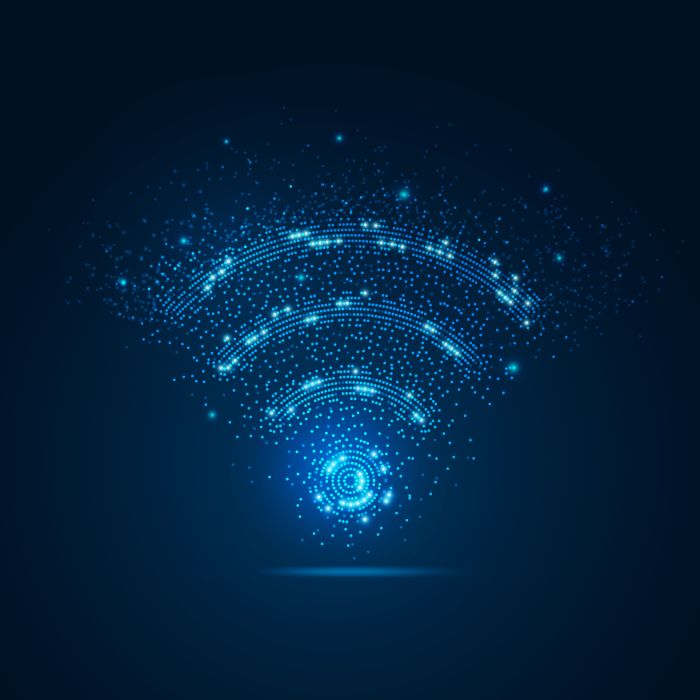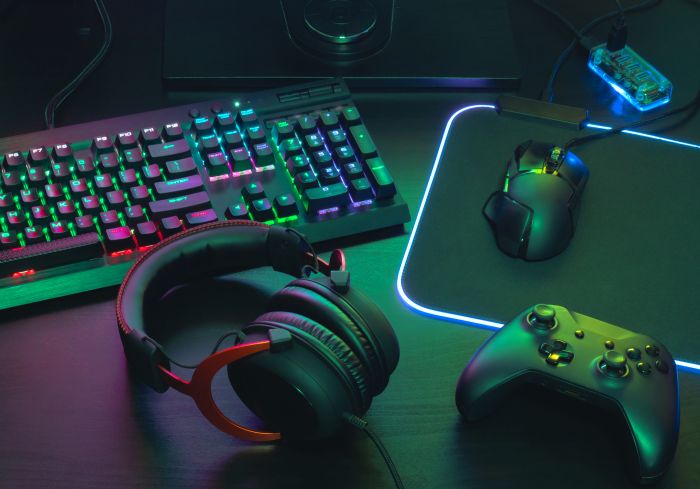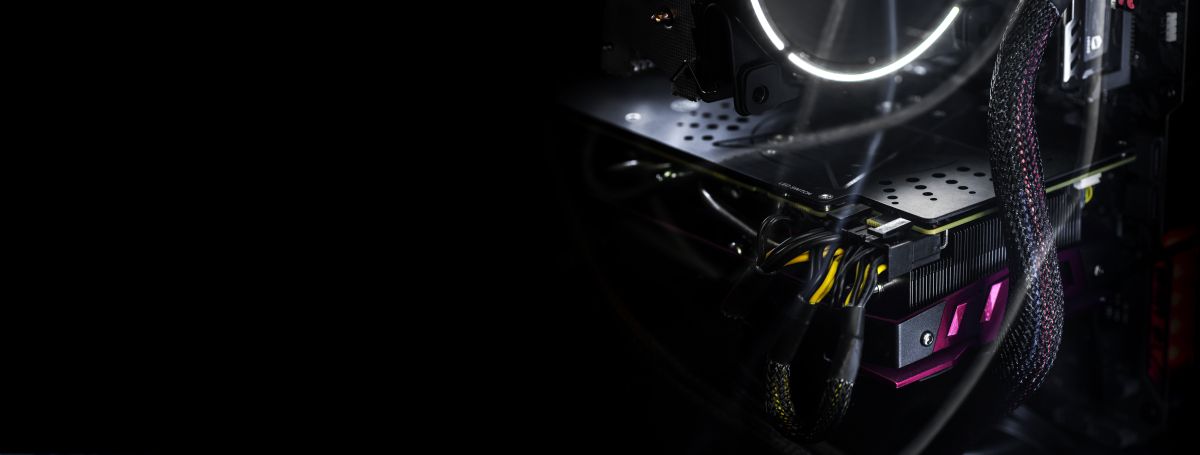
After you are met by the thrill of the POST, it means you have successfully completed your PC build. Congrats! You might be wondering, well, what’s next? You still have plenty to do after you finish building your PC. But don’t worry, you will be enjoying your build in no time.
#1: Check the BIOS
Your motherboard’s BIOS will tell you a lot about your computer. It’s also the place to go to change around some default settings.
Normally, you can get to the BIOS by holding down a one of the Function keys as the computer starts booting up. The exact key depends on your motherboard—but possible options are F1, F2, F8, F10, ESC, or DEL. It should say at the bottom of your screen which button will send you to BIOS.
One setting to think about is the BOOT option. This will tell your computer how you’d like it to start every time.
At this time, you’ll want to change the BOOT option to however you plan on downloading your Windows OS. For example, if you have it on a flash drive, then you want your primary BOOT to be a USB, not a hard drive or CD player.
BIOS will also tell you how much RAM is being used. The location is going to differ depending on your motherboard, so we urge you to explore all of BIOS and see what it has to offer.
We’ve got a motherload of Motherboards
#2: Load Windows
After being built, your computer probably doesn’t have an operating system (OS) unless you bought the hard drive used or pre-installed. Your OS is the heart and brain of your computer. Without an operating system, you can’t do anything.
That means that now is the time to load Windows. Some of the common ways of downloading it are via flash drive or CD. Go through Microsoft’s document to figure out how to install their OS.
More useful information for spinning up the latest from Microsoft:
- Windows 11 Requirements: A Guide for Custom PCs
- How to manage syncing across your Windows 10 devices
#3: Add Antivirus, Antimalware, and Firewalls

You can rest easy with Aunty Virus lookin’ out for you
Installing various security applications will keep you safe as you use your PC. Remember, there are invisible threats to any computer that’s connected to the internet.
Installing antimalware and antivirus software is always advisable, especially if you plan on doing any file torrenting. Even a free option like Microsoft Defender will help you rest easier with those downloads. That said, the adage holds that the best antivirus protection sits behind the keyboard.
Build your dream machine confidently with PC Builder
#4: Install Required Drivers
With a modern PC, a lot of your required drivers will be automatically installed through your OS. However, there could be some specific speakers, mice, or keyboards you’re using that need a manual installation.
For reference, a driver acts as a translator between your device and OS. It allows the device to be used by using terms that your OS can understand.
Without a driver, typing on your keyboard will yield no result. With a driver, every keypress will be understood by your PC.
Check in your Device Manager for any warning symbols. This is an indication that the highlighted device needs a driver installation or update. You’ll likely need to Google the device, go directly through the device’s site, and download the driver there.
#5: Ensure it Connects to the Internet

Wi Fi oughtta
After your security applications are installed, you can finally access the internet safely.
Use your default browser, navigate to Google, and do a random search to ensure the page loads. If it doesn’t, then you’ll need to troubleshoot your build.
Does your PC not have built-in Wi-Fi? Then you’ll need to manually connect via ethernet or install a Wi-Fi card. Maybe your ethernet isn’t connected to the wrong port or your home’s router is down.
Update your network with a new Wireless Router and Modem
#6: Load Your Favorite Programs
Now it’s time to start personalizing your setup. Add all of your favorite programs and games that you want to play.
If you want to streamline this process a bit, you can use Ninite.com. It has 96 selectable options that will download the most updated version of each program. They host high-use programs like OneDrive, AVG, Python, and Steam, to name a few.
The idea with Ninite is that you can quickly download a lot of programs at once without having to go to each individual site.
#7: Finish Personalizing Your Build
If you want to add more personalization, now’s the time to do so.
You can change your background, change your color scheme, put programs in Dark Mode, and add your favorite sites to your browser.
Don’t forget to log into the sites you use a lot and save your login information. In addition, you can create shortcuts to your favorite programs or pin them directly to the toolbar at the bottom (or side) of your screen.

Like what you PC?
Feast your eyes on a new Monitor
#8: How About a Quick Benchmark?
It’s always a good idea to do a quick benchmark on your PC. This will put your build through a stress test and see how quickly it responds, downloads, and deals with data.
By the end of the benchmark, you know how well your PC performs.
Even if you didn’t build a gaming or high-performance rig, this test will help a lot. It can tell you if something is wrong with your PC or if anything is slowing you down. The rule of thumb is to try to get within 10% of the average scores.
We suggest using free benchmark tools at www.futuremark.com. Choose the free benchmarking tools 3DMark and PCMark to get the best results. You can also pay for a benchmarking tool, but it’s something you might only use once or twice, so it’s not worth it for most consumers.
#9: Finish Setting Up Your Desk

Make the cover of Deskquire magazine
Before you start fully using your PC, you should spend some time on your desk setup.
Cleaning up the wires and keeping the space organized will make your PC seem more impressive. Make sure you have the right chair, keyboard, mouse, monitor, and speakers.
Also, don’t underestimate the power of LEDs — they could be just the thing your desk needs to pop.
Complete your battle station with the perfect Desk and Chair
Conclusion
At this point, you should have a completely personalized PC that’s up and running. We just reviewed 9 steps that need to be done after building your PC. If you feel like you’re still missing something, you might be due for an upgrade.
For high-quality keyboards, monitors, headsets, and speakers for your new PC, take a look at our shop. Our goal is to help you build the perfect setup, no matter what. In addition, check out the rest of our blog for more of your PC questions answered.
We’ve got all the tech you want at Newegg


